Bhushan may claim a moral victory but it is up to the SC to follow up on its suggestion for a code on judicial misconduct
In the end, it was judicial integrity that won. Rather saved the day. The Supreme Court decided not to go after activist-advocate Prashant Bhushan for criticising it as that would appear graceless and unbecoming of its wisdom. On his part, the lawyer claimed moral victory for the cause he represented, namely ridding the higher judiciary of corruption and coercion. The top court, as the ultimate upholder of Constitutional morality, fined Bhushan just a rupee for two of his tweets it claimed “tarnished” its image and amounted to a contempt of court. Since the criticism came from within the legal community, the court decided it would honour the fraternal spirit and let go of Bhushan with the tokenism of a fine and a concern that the judiciary should not be taken apart in public by its own. To that extent, it showed it had shoulders broad enough to weather storms and work on an internal mechanism of course correction going forward. In fact, it went along with Attorney General K K Venugopal’s opinion that the court take a “compassionate view” and forgive Bhushan, considering that several sitting and retired judges had commented on corruption in the higher judiciary before him. But what prompted the top court to simmer down was the precedent of a press conference held by four senior judges in January 2018, warning how the judiciary was facing threats to its independence, how democracy was in danger and criticising the then CJI over allocation of case rosters. The issues raised by them are still unresolved. Besides, the Supreme Court hasn’t been able to silence the controversy over its handling of sensitive and high profile cases that came after that explosive episode. Since the perception of the executive breathing down on the judiciary had already been established by that press conference, punishing Bhushan, therefore, would have only lionised the latter.
Bhushan paid up the fine but has reserved the right to seek a review, indicating his fight for transparency and ethics will go on. His methods may have been questionable and unorthodox in the many public interest litigations (PILs) that he has filed but the cause he championed this time, namely upholding the independence of the judiciary, found all-round support in the public domain. Over 3,000 citizens, including lawyers, advocates and 12 former judges, signed a solidarity statement, arguing that his tweets were “a bona fide expression of concern regarding the functioning of the top court” and that criticism coming from a senior member of the Bar “must be considered by the judiciary as an opportunity to introspect and strengthen the institution.” If he does file the review plea, the court will be watched for its response and action on the issues that have been raised so far. One hopes it will follow up on its own observations. With regard to contempt of court proceedings initiated in 2009 against Bhushan, for his charge that half of the 16 former CJIs were corrupt, it had acknowledged a procedural vacuum for making a complaint or allegation against a sitting judge. In fact, it wondered if there should be a code for members of the Bar (advocates) to make a complaint against a sitting judge before going public with their allegations, something which is prone to be sensationalised and could affect the image of the judiciary. The Bench even referred to the Supreme Court’s 1995 judgment in the C Ravichandran Iyer case, where it had laid down that if members of the Bar had any material about “misconduct” of a judge, they should take their case to the Chief Justice of the High Court or the Supreme Court for redressal. The apex court’s “look within” deliberations should help it recast itself as a standalone pillar of democracy that is above criticism. There is no denying that the Supreme Court has been entrusted by the Constitution to protect a citizen’s rights, conduct itself impartially and keep the legislature and the executive from overreaching their limits. Setting aside Bhushan’s case, it needs to set an example for its own sake. Questions have been raised about prioritising case hearings, the handling of civil liberty cases and most importantly what defines freedom of speech. Yes, the court is right to point out that judges shouldn’t go to the media, like they did in 2018, and blot institutional pride. But for that, it needs to be seen to self-correct. In the end, the Supreme Court is the country’s most honourable institution and if it re-establishes propriety, no individual would dare speak against it.
Courtesy: The Pioneer







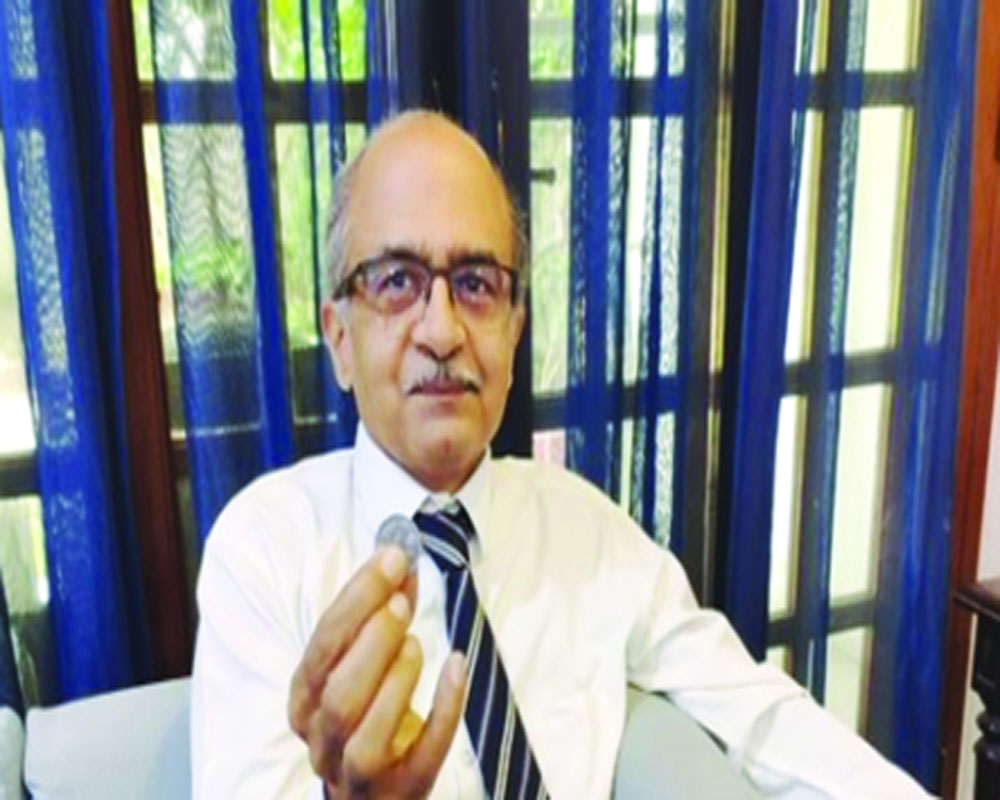
 OpinionExpress.In
OpinionExpress.In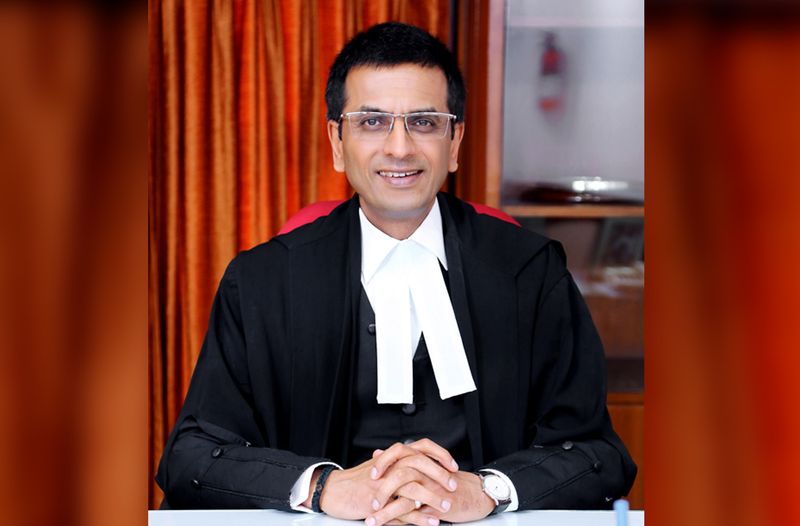
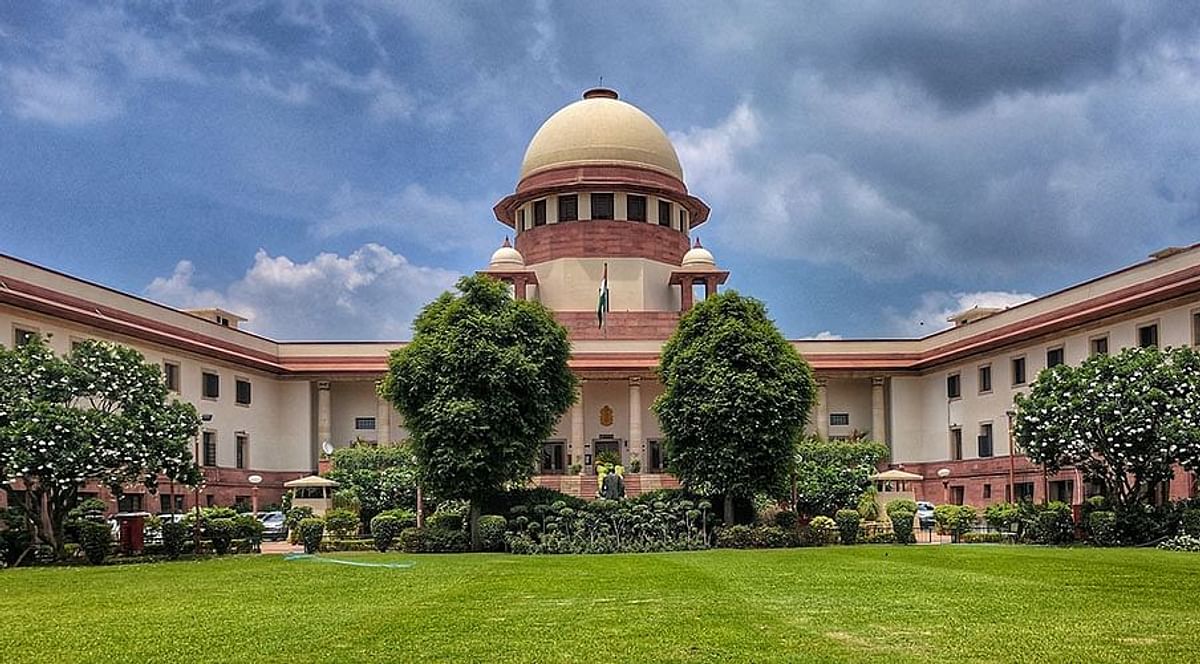
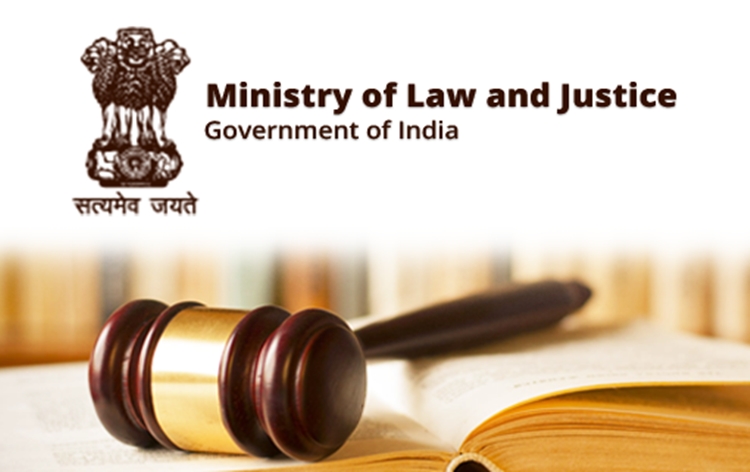
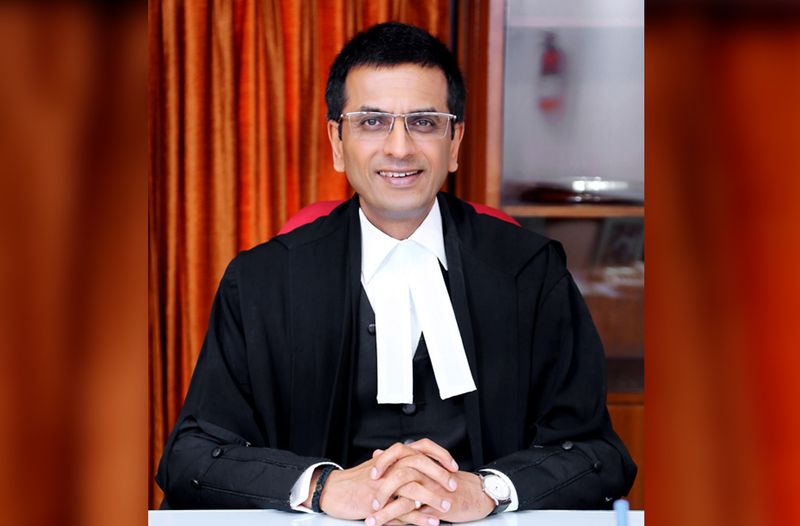
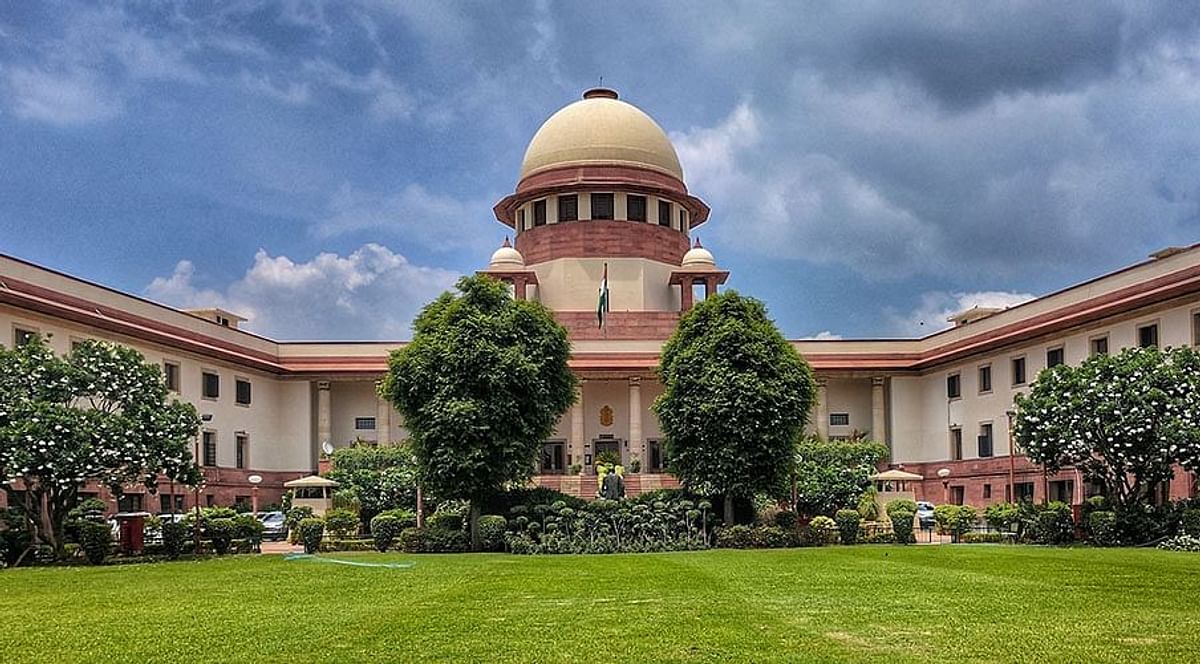
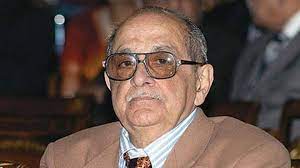

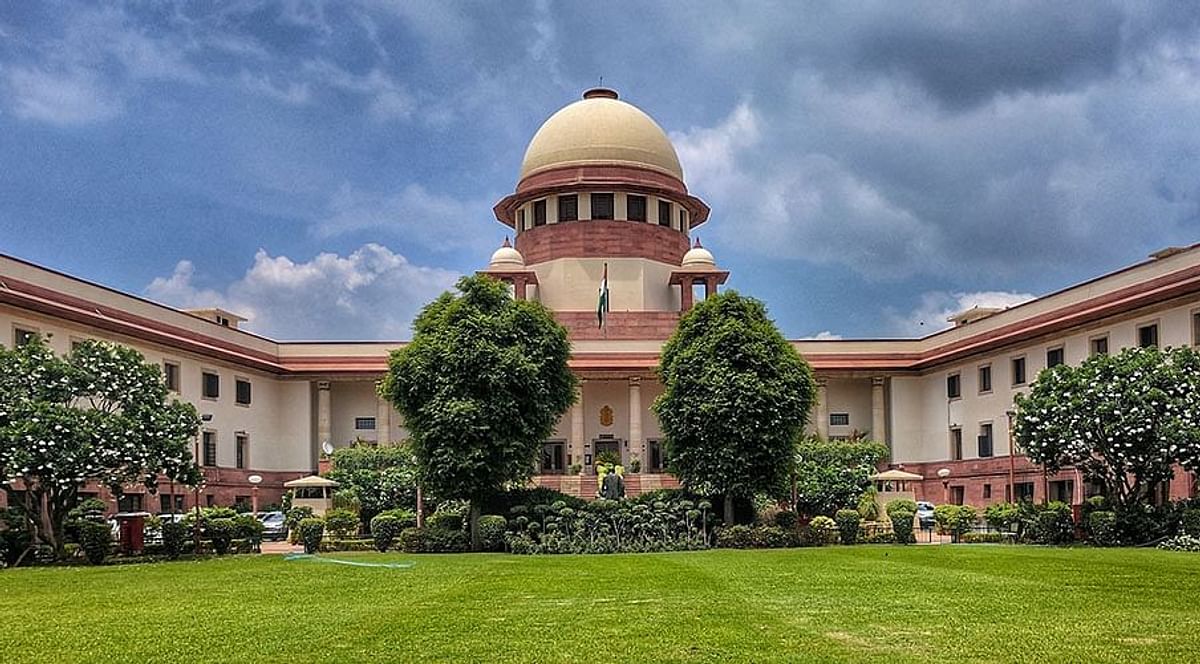
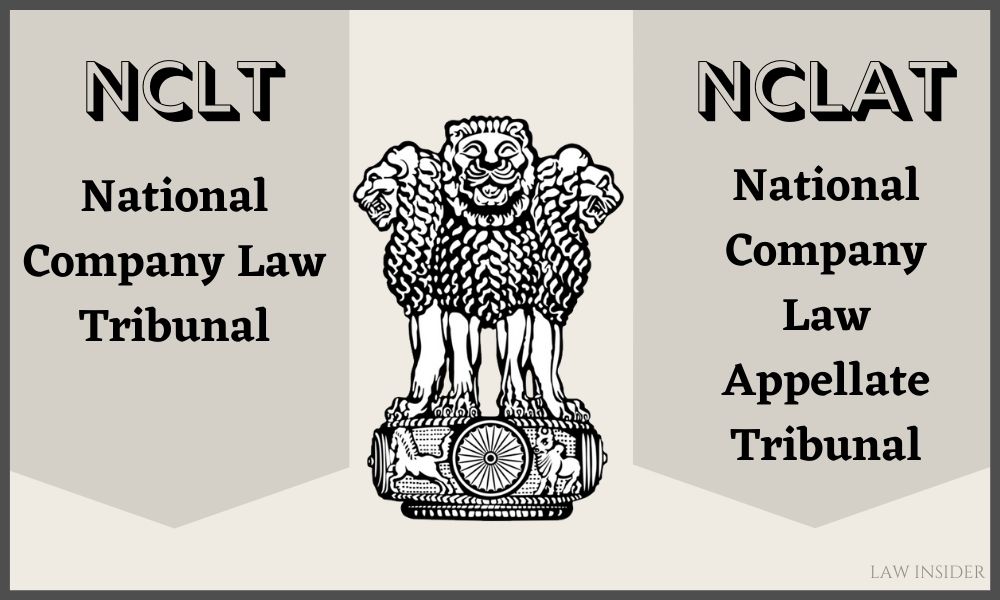
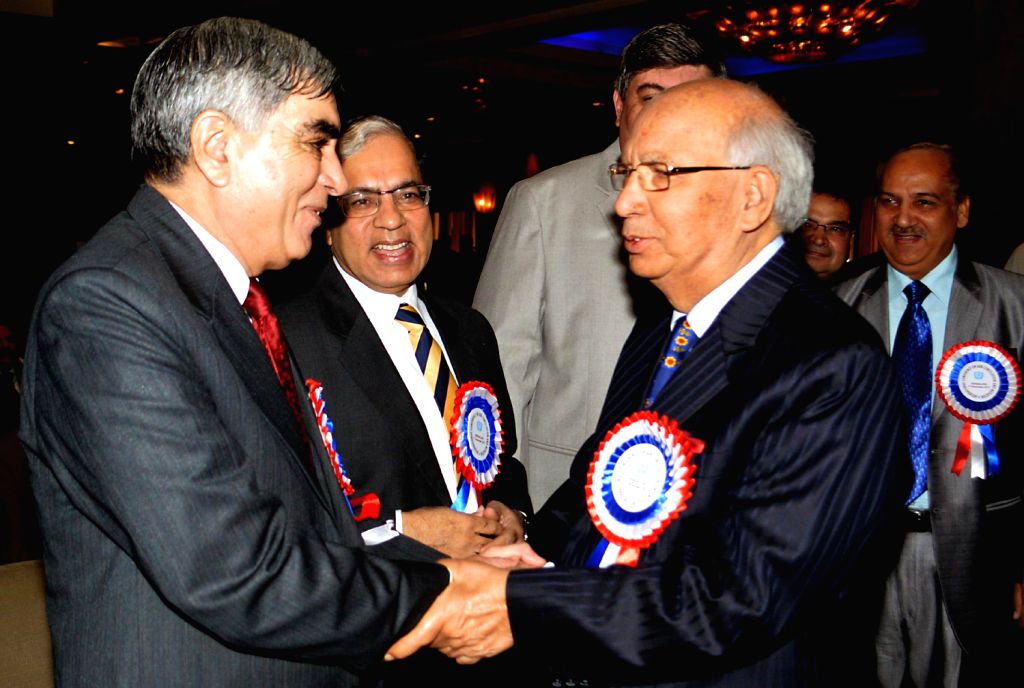






Comments (0)